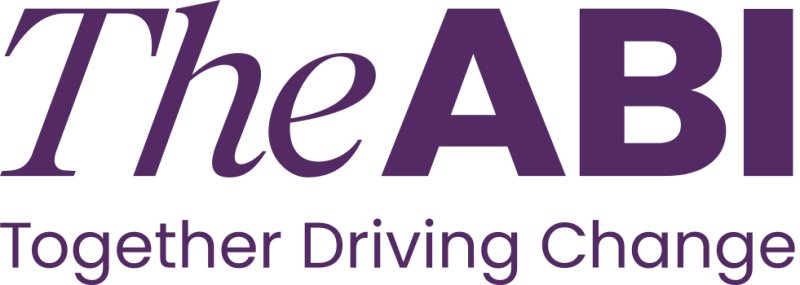Our Scrappage, Recycling and Car Blog
later post | index | earlier post
What is the Association of British Insurers Code of Practice?
Tuesday, 22 April 2025

When insurers assess an insurance claim for a vehicle after an accident or theft, flood or fire, they are guided by the Association of British Insurers (ABI) Code of Practice.
Over the last decade the ABI has revised its Code of Practice relating to salvage vehicles. The major change came in 2017, when the previous write-off categories of A, B, C and D became A, B, S and N, to reflect the changes in the way modern cars are built and the materials they use. The revised code focused more heavily on the overall condition of damaged cars, and established minimum qualification requirements for individuals employed to categorise salvaged vehicles.
The new salvage Code of Practice is also seen as being more rigorous and less open to exploitation by criminals.
How does the ABI salvage code of practice affect me when buying a used vehicle?
The changes to the ABI salvage Code of Practice mean that prospective buyers will have more information about a vehicle’s salvage status if they are considering buying an insurance write-off.
The revised Code of Practice will be more transparent. Before these changes, the cost of repairing a written off vehicle was compared to the pre-accident value it had. Now, the cost and value of the repairs are not included as a factor, just the extent of the damage.
The ‘S’ and ‘N’ categories have been endorsed by the DVLA and the Department for Transport.
The ABI code of practice insurance categories
There are four categories that insurers use for vehicles they assess to be ‘write-offs’ - in other words, cars that are so badly damaged that for insurance purposes it is cheaper to pay out the market value of the car.
Category A
Any vehicle in Category A is a total loss, and only qualifies for scrap with no parts removed. The V5C logbook is destroyed by the insurer.
Category B
Category B vehicles are also beyond repair, but some parts may be salvageable, dismantled and sold as spares. The rest of the car is scrapped.
Category S
Cars in the ‘S’ category have suffered structural damage, but can still be repaired. Often the damage is to the chassis or structural frame of the vehicle. The V5C logbook will be destroyed and any prospective buyer will have to apply to the DVLA for a replacement.
Category N
‘N’ means vehicles that have been non-structurally damaged, but are considered repairable and have the potential to be roadworthy again. The cost of repairs are still substantial, but it is still possible to get insurance on a Cat N car (although the premiums will be higher) and the DVLA won’t insist on a new MOT. The insurer is not required to destroy the V5C logbook.
ABI compliant ASM online salvage auction
If you’re looking to return a used car to a roadworthy condition, our online salvage auction offers the opportunity to purchase quality salvage vehicles at competitive prices. Each vehicle listed in the auction features comprehensive details about its condition, including its salvage category.
ASM Auto Recycling also offers up to 20% off the price of used spare parts supplied for the repair of vehicles purchased from ASM.
later post | index | earlier post
Categories
- Car Maintenance 25
- Driving Abroad 2
- Economy 1
- Environment 3
- Insurance 2
- Light-Hearted 1
- Motoring Guides 6
- Motorways 1
- New Car Sales 1
- Safety 4
- Salvage 14
- Social & Community 5
- Used Cars 19
- Winter Driving 2
Recent posts
- Car Cleaning Tips
- The Most Stolen Cars in UK
- ABI Vehicle Salvage Code of Practice
- Car CO2 Emissions
- How To Replace A Car Air Filter
- Recycling a Car: 5 Fascinating Facts
- Clocking, Cloning, Ringing and Cut & Shut
- MOT: the complete guide
- Used Tyres Guide
- What is GAP insurance?
- Guide to finding a replacement car engine
- Does the scrap value of steel affect your car’s scrap value?
- What are the most valuable salvage car parts?
- The Ultimate Guide to Replacing Wing Mirrors
- ASM Has Procured Over 350 Jaguar and Land Rover Flood-Damaged Cars!